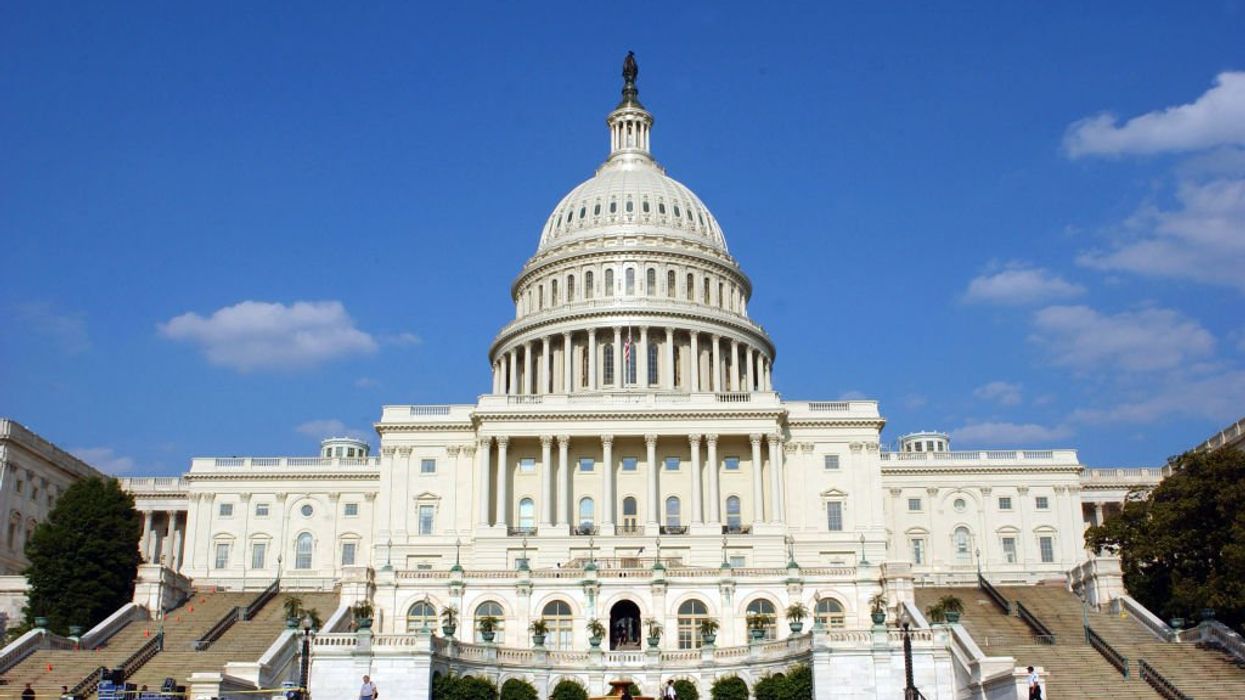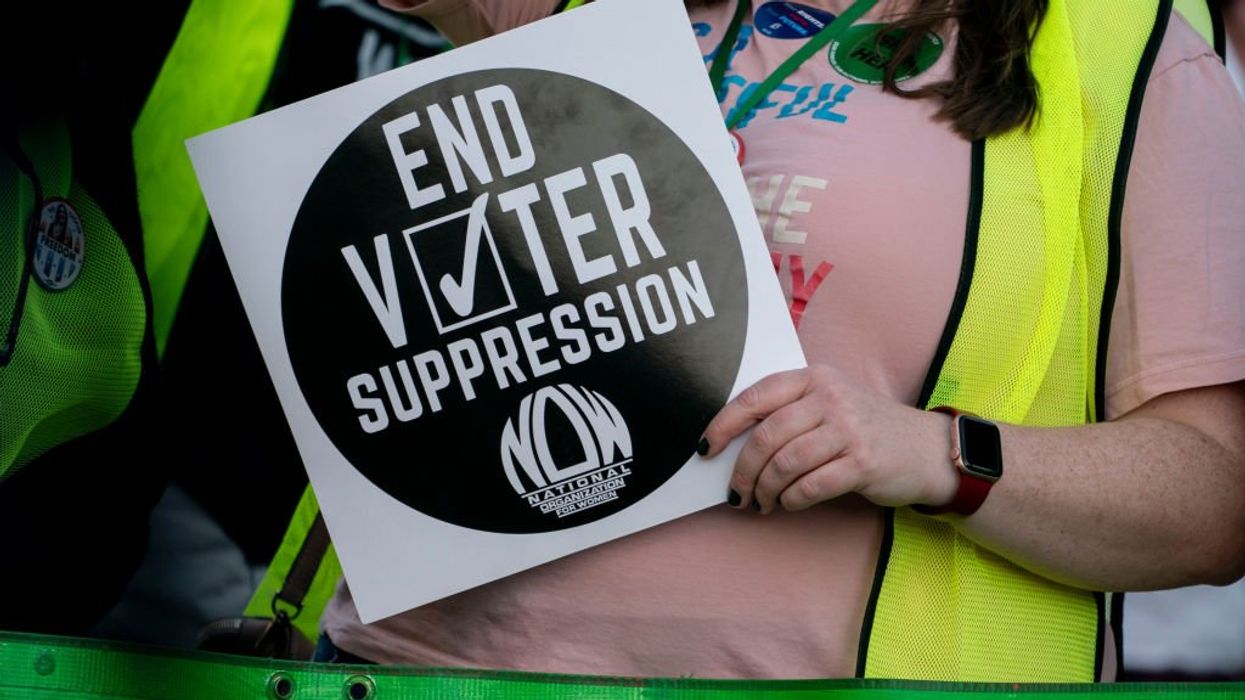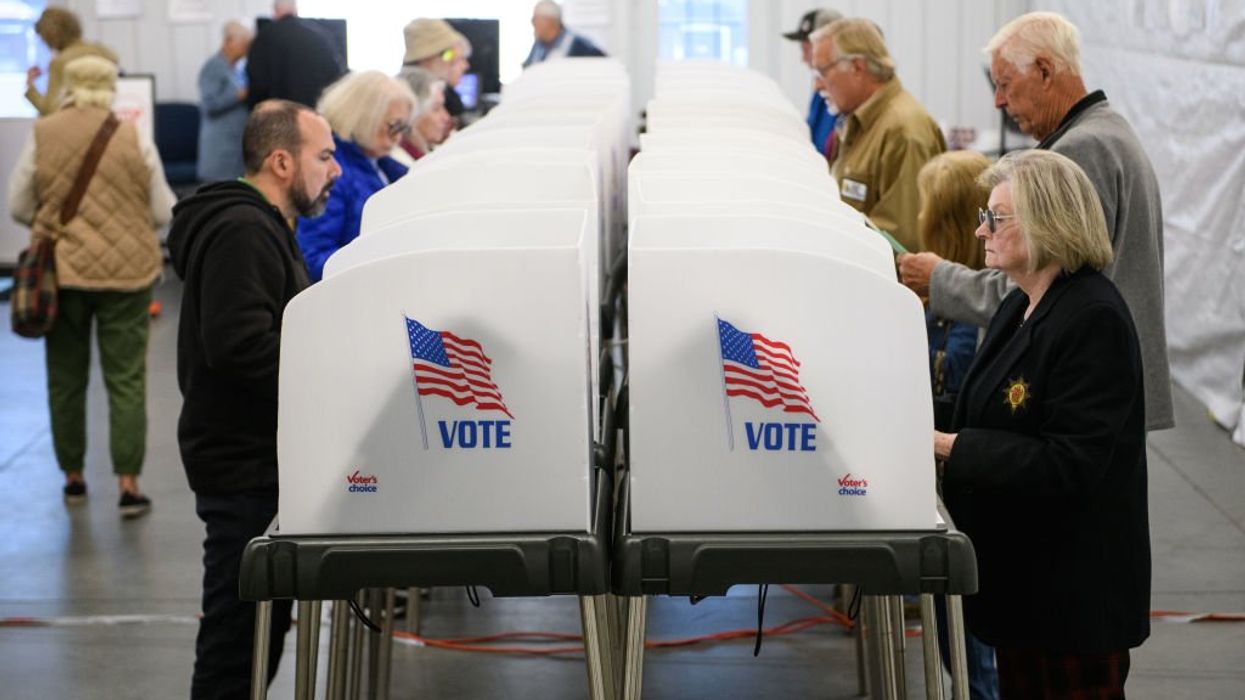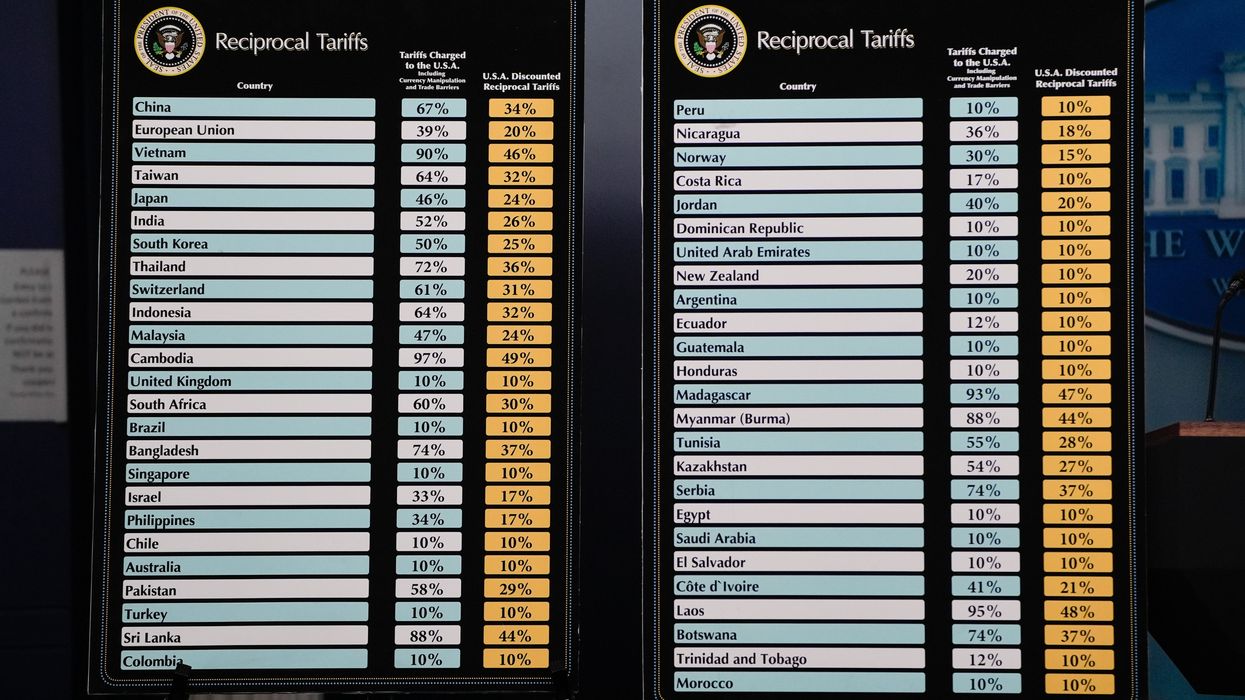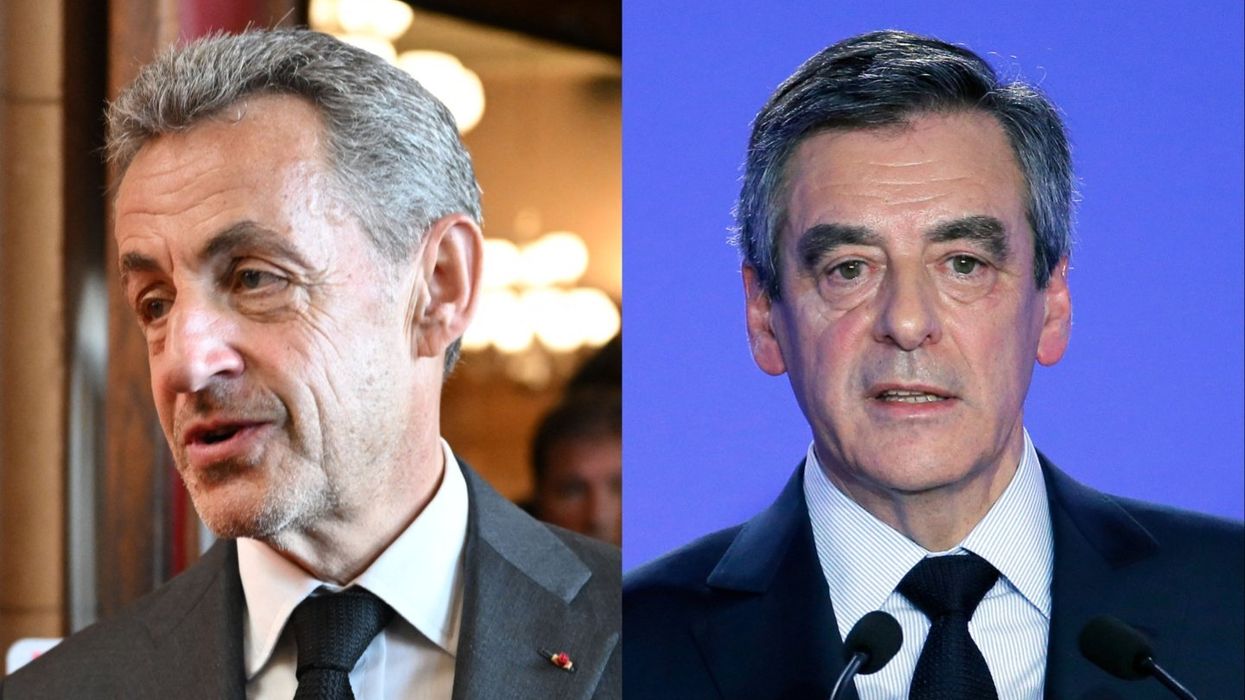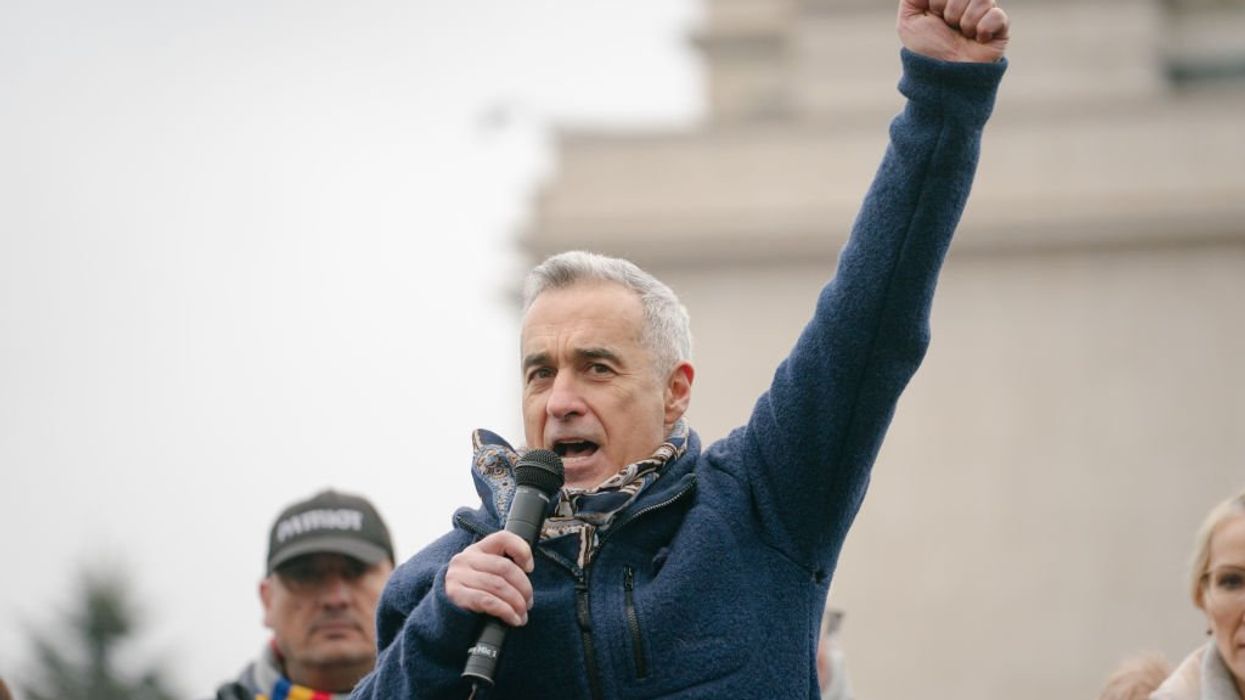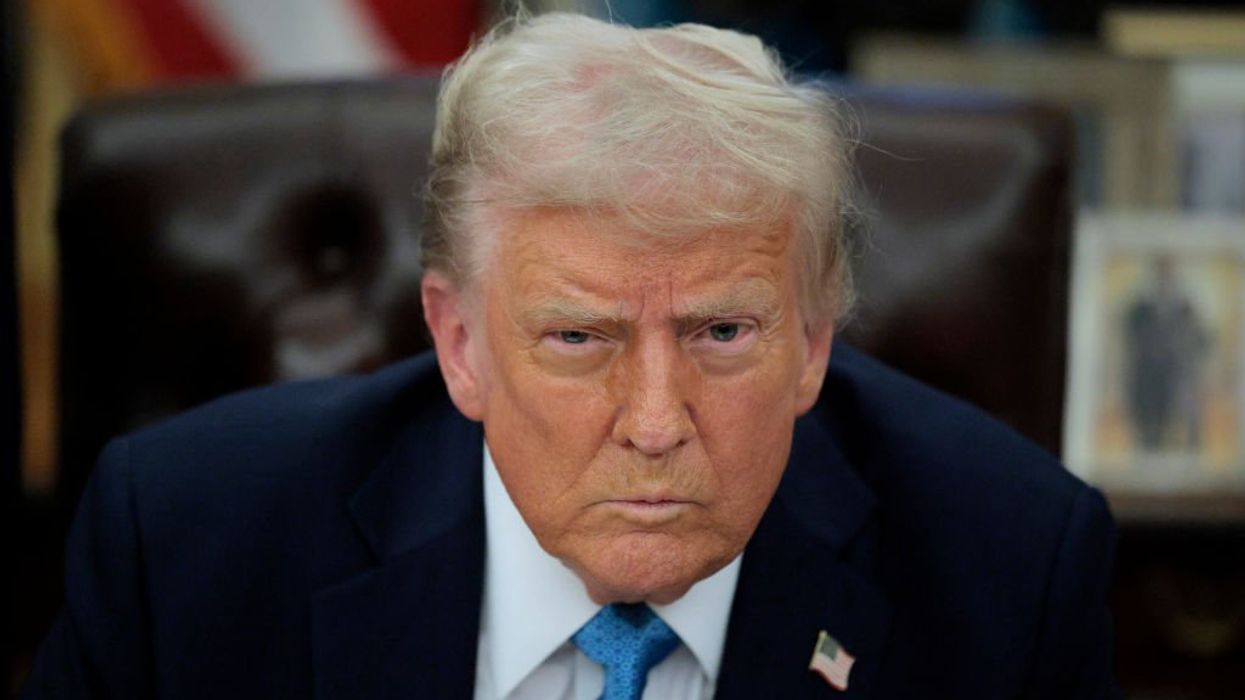Clearly this administration has no concern about a vigilant media because they have just decided to say all the scandals facing this administration are ‘phony’ scandals. Obama went on to say he is pivoting to the economy - this is actually the nineteenth time he’s done so. How many chances do we give this guy to help the economy? Stu took a look at the stats on radio this morning.
"This 19th pivot to the economy," Stu explained. "And again, I feel the need to point this out every time: 19th time, not a joke, the actual number of times they've said they've pivoted back to the economy because that's the real issue that Americans care about. If the Americans ‑‑ if it was true and you gave a crap about the economy, you wouldn't need to pivot to it 19 times; you'd pivot to it once and try to fix it. Instead you keep pivoting to it because all of your attempts fail. Over and over again there's a long legacy of failure 18 times. So the 19th time was just because you failed 18 other times. It is embarrassing."
To explain how badly the Obama administration has failed to fix the economy, Stu read some of the facts that Obama left out (via AEI) of his speech yesterday:
1. Over 69 percent of the jobs created in Q2 2013 and over 57 percent of all the jobs created in the first half of 2013 were created in the three lowest wage sub-sectors of the economy, Retail Trade, Administrative and Waste Services, and Leisure and Hospitality, that otherwise account for an aggregate of only 33 percent of all private sector jobs.2. These jobs, in the aggregate, pay an average of only $15.80 per hour, compared with the other two-thirds of private sector jobs, which pay $27.16 per hour. Relative to unemployment benefits and other assistance, jobs at $15.80 per hour put less than $3.00/hour more in the pockets of a newly working consumer.
3. About half of the jobs created during the first half of 2013, and a large majority of the jobs created in Q2 2013, appear to have been part-time jobsthat offer employees as little as one hour of work per week, and up to 35 hours of work.
4. After falling from a recession high of 9.2 million to a post-recession low of 7.6 million at the end of Q1 2013, the number of people saying they are working part time because they can’t find full time work (part time for economic reasons) crept back up to 8.2 million, double pre-recession levels.
5. Nearly 100 percent of the decline in the U-3 unemployment rate has been the result of there being fewer workers in the labor force as a percentage of the employable population. If the Labor Force Participation Rate had not fallen from October 2009, when unemployment hit its Great Recession peak of 10 percent, unemployment would today still be around 10 percent. Moreover, if the LFPR were held constant from its highest pre-recession level of 66.40 percent in January 2007 (when unemployment was 4.6 percent), the U-3 unemployment rate would be nearly 12 percent today.
"You get to the point where you just have lost all confidence in the media to do anything sensible," Stu said. "And you wonder, like, is it because you have a bunch of hardcore socialists in the media? Umm, well, yes. But secondly, secondarily, because they lean left, they don't even attempt to understand the arguments of people that are conservative and they stretch so far to justify the failures of the administration. They look at this president's record, and anytime they can carve out anything that wasn't his fault."

